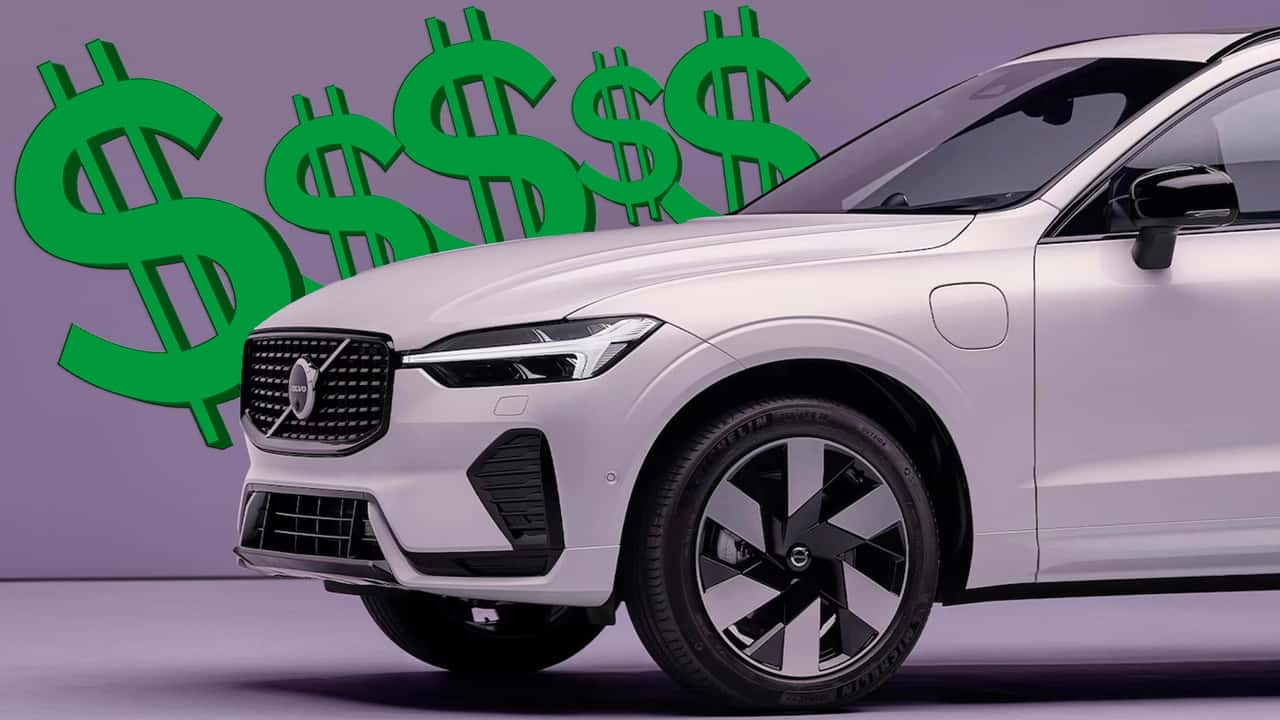- The average plug-in hybrid in the U.S. sold for just under $63,000 in July
- That’s $4,400 more than the average electric vehicle
- The benefits of PHEVs are driving prices up
Car buyers are increasingly seeing the benefits of plug-in hybrids, which offer plenty of electric range but also have a combustion engine to keep the dreaded range anxiety at bay, and PHEVs are now more in demand than ever. This increased appetite for PHEVs has made them more expensive on average compared to EVs, according to a new report.
Business Insider says the average plug-in hybrid in the U.S. sold for just under $63,000 in July, about $4,400 more than the average electric vehicle. This marks a significant change since the spring of 2022, when an EV was, on average, around $4,000 more expensive than a PHEV.
Data from the U.S. Energy Information Administration reveals that in the first quarter of 2024, plug-in hybrids’ share of the light-duty vehicle market grew from 1.7% to 2% year-over-year. Hybrids saw an even bigger resurgence in 2024, with sales up by over 30% compared to 2023. They had a market share of 8.6% in Q1, which grew to 9.6% in Q2.
For fully electric vehicles, the market share of 7.1% remained almost unchanged in 2024. Their average price went down from $57,405 in January to $56,371, which was 21.1% higher than the average for the entire light-duty vehicle segment.
In light of this apparent EV sales slowdown, manufacturers have reiterated their plans to go fully electric, promising to pivot to making more hybrids and plug-in hybrids. Toyota, Ford, Volkswagen, General Motors and even Aston Martin are some of the automakers that have announced they are either postponing the launch of some EVs, scaling back production of the ones they’re already making, or planning to shift to building more hybrid vehicles.
Even Volvo, which was one of the most vehement proponents of going fully electric by the decade’s end, with a previously announced goal to only sell EVs after 2030, has put that plan on hold (although it still has several cool EVs coming, including a large electric sedan). This is so even despite Volvo’s sales record showing that it’s already doing better than others, with about 26% of all the vehicles it sold in the second quarter being BEVs. Together with PHEVs, the share rose to 48%, surpassing its premium competitors.
The demand for plug-in hybrid vehicles has seen a significant increase in recent years, driven by growing concerns about climate change and a desire for more fuel-efficient transportation options. However, this surge in demand has had an unexpected consequence: skyrocketing prices for plug-in hybrid vehicles.
The popularity of plug-in hybrids, which combine a traditional gasoline engine with an electric motor and battery, has surged as consumers look for ways to reduce their carbon footprint and lower their fuel costs. These vehicles offer the convenience of a gasoline engine with the efficiency of an electric motor, making them an attractive option for eco-conscious consumers.
As a result of this increased demand, automakers have struggled to keep up with production, leading to supply shortages and inflated prices. In some cases, prices for plug-in hybrid vehicles have increased by as much as 20% in just the past year, making them out of reach for many budget-conscious consumers.
The high prices for plug-in hybrids are also due in part to the cost of developing and manufacturing the advanced technology that powers these vehicles. The batteries used in plug-in hybrids are expensive to produce, which adds to the overall cost of the vehicle. In addition, automakers are facing increased competition from other manufacturers, leading to bidding wars for key components and driving up prices even further.
Despite the high cost, demand for plug-in hybrid vehicles shows no signs of slowing down. Consumers are increasingly willing to pay a premium for vehicles that offer both environmental benefits and cost savings in the long run. As a result, automakers are continuing to invest in the development of new plug-in hybrid models and technologies to meet this growing demand.
In conclusion, the increased demand for plug-in hybrid vehicles has driven prices to unprecedented levels, making them a luxury item for many consumers. While the benefits of plug-in hybrids are clear, their high prices may deter some potential buyers. Nonetheless, as technology improves and production ramps up, it is likely that prices will eventually come down, making plug-in hybrids a more accessible option for a wider range of consumers.

